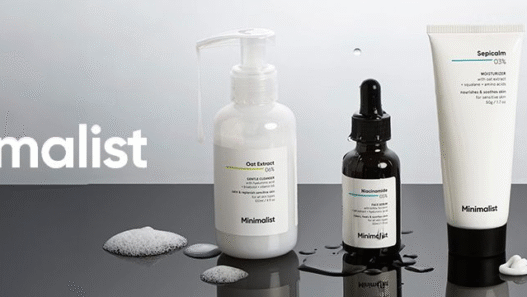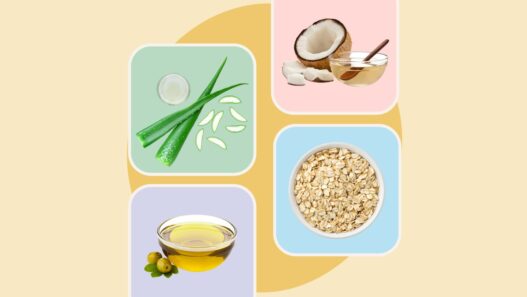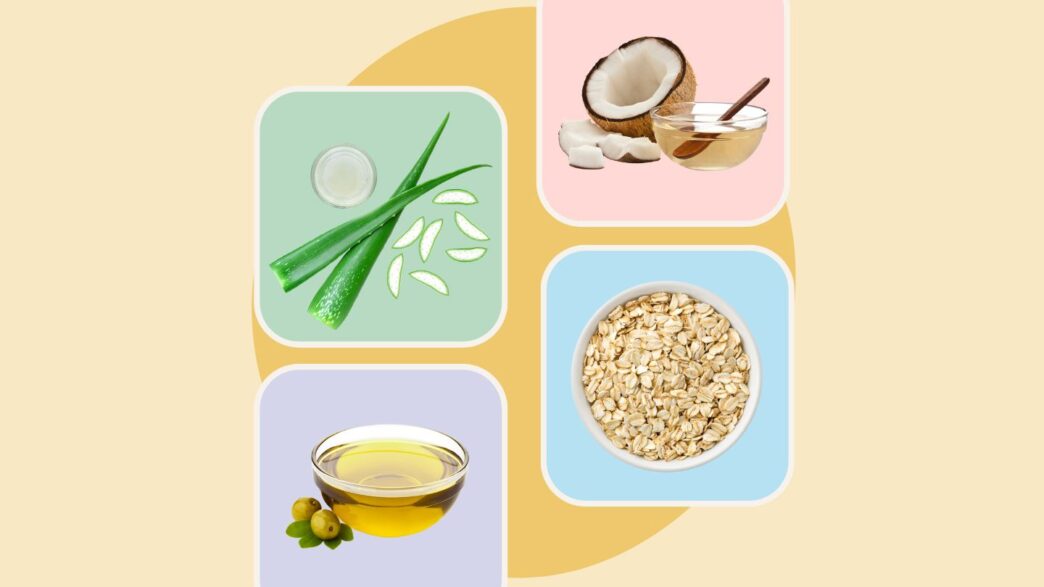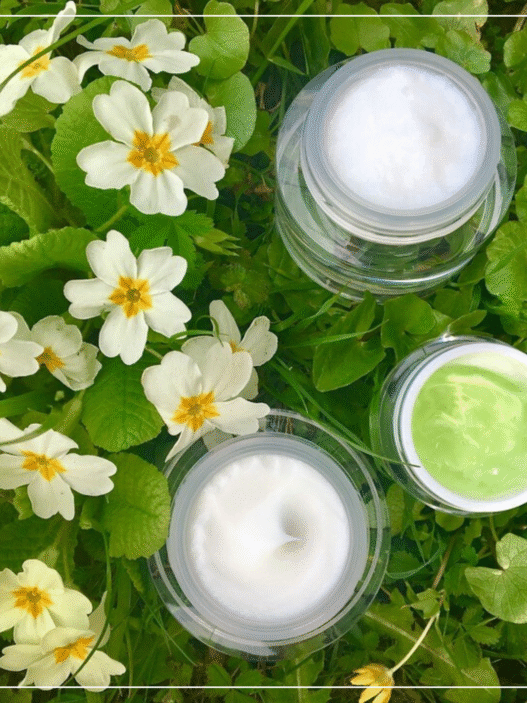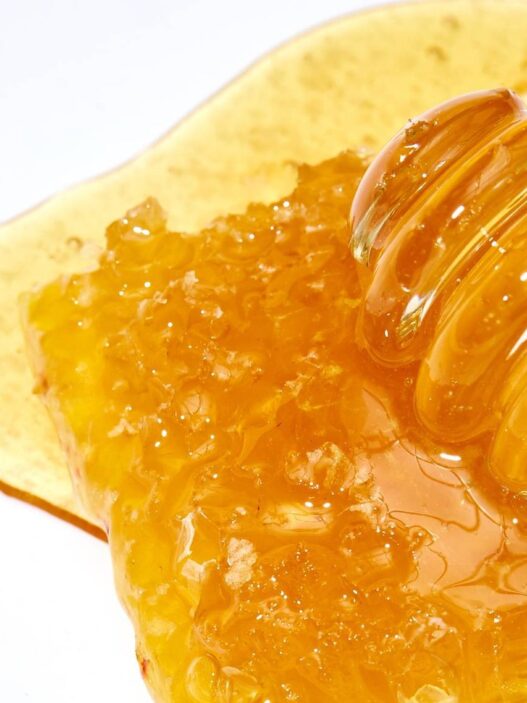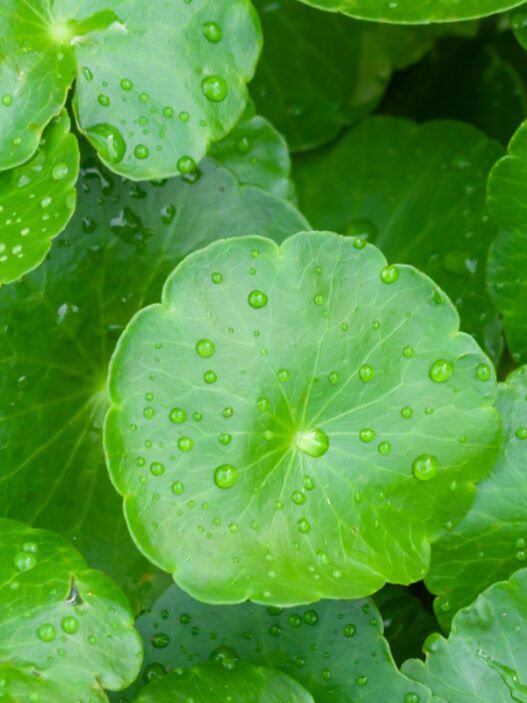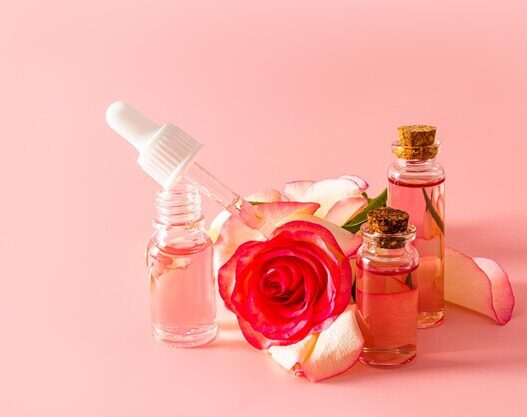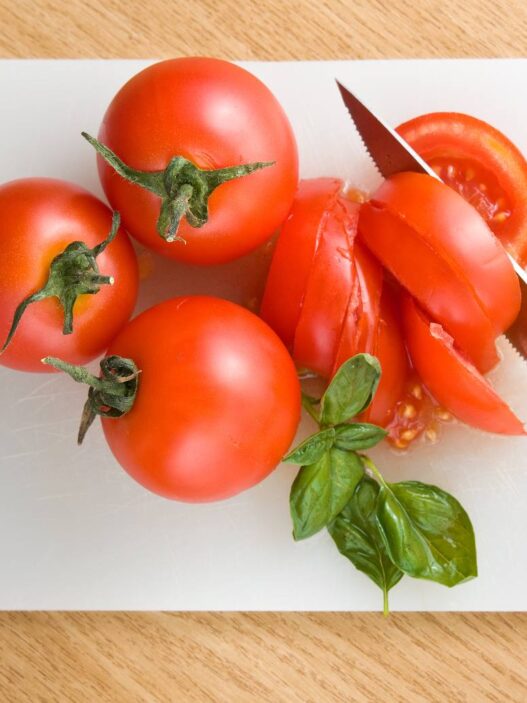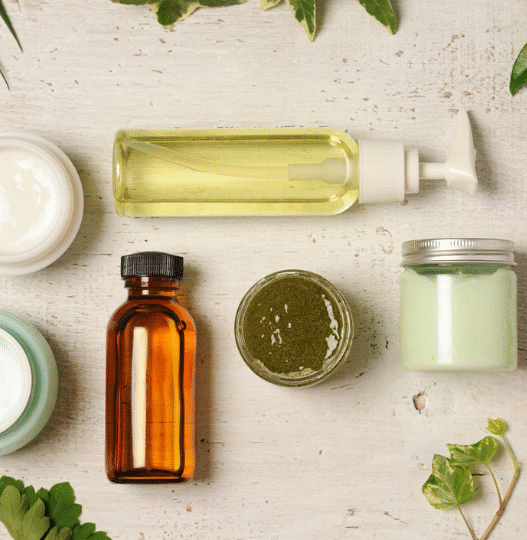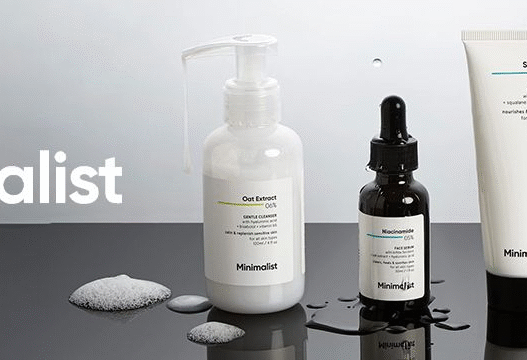In a world full of glossy skincare ads and high-tech serums, it’s easy to forget that some of the best skincare solutions have been around for centuries that are quietly passed down from generation to generation.
The remedy skincare, often rooted in culture, tradition, and nature, can be just as effective as the newest jar on the store shelf.
From the turmeric masks of South Asia to the shea butter of West Africa, natural remedies carry a timeless charm that blends skin health with cultural heritage.
Why Choose Natural & Traditional Remedies?
Natural skincare remedies are built on the idea of working with your skin, not against it. Many modern products use concentrated chemicals that may deliver fast results but can irritate sensitive skin or cause dependency.
Remedies from nature, on the other hand, often contain a symphony of vitamins, antioxidants, and minerals that support the skin’s healing and protective barriers.
Additionally, traditional remedies are often more sustainable. Ingredients like honey, aloe vera or coconut oil require less industrial processing, making them eco-friendly choices for conscious consumers. There’s also an emotional connection.
Using the same remedies your grandmother swore by adds a layer of comfort and trust.
Popular Natural Remedies for Skincare
Aloe Vera
Aloe vera gel is a global skincare favorite, especially for calming sunburns, soothing inflammation, and hydrating the skin. Packed with vitamins A, C, and E, it helps the skin recover from dryness and irritation while boosting its natural glow.
How to use: Apply fresh aloe vera gel directly from the leaf onto clean skin as a moisturizer or overnight mask.
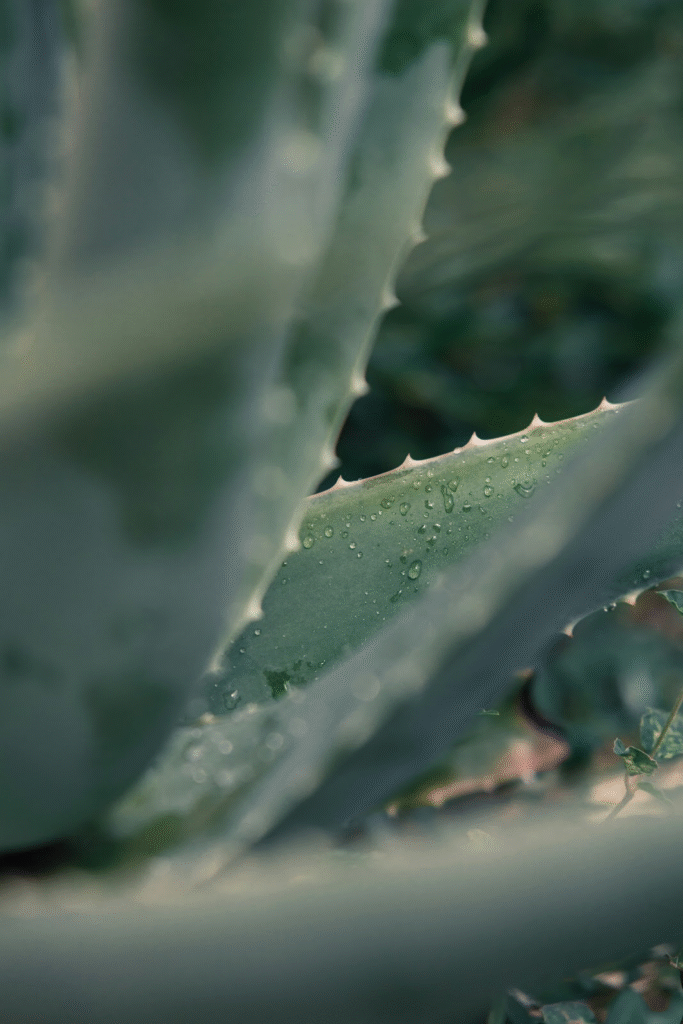
Turmeric
In many South Asian households, turmeric is the go-to remedy for dullness, uneven tone, and acne. Its active compound, curcumin, has anti-inflammatory and antibacterial properties that help reduce redness and prevent breakouts.
How to use: Mix turmeric with yogurt or honey for a brightening face mask. Use sparingly to avoid temporary yellow staining.
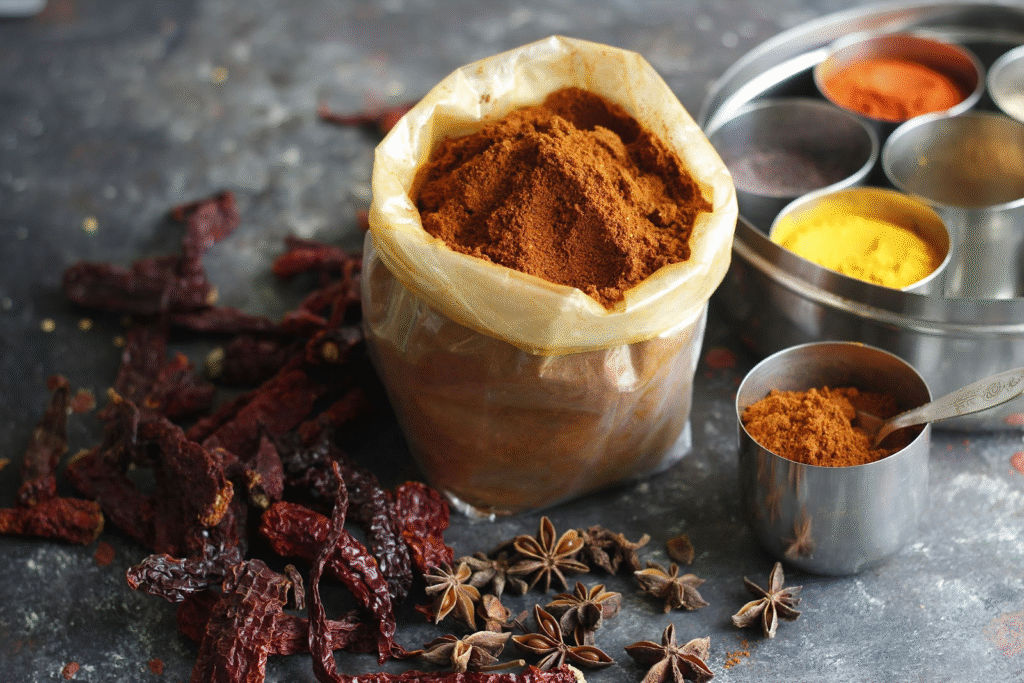
Honey
Honey doesn’t just sweeten tea, it’s also a gentle but powerful skincare ally. It locks moisture into the skin, helps heal wounds, and has natural antibacterial effects.
How to use: Spread a thin layer of raw honey on the face for 10–15 minutes, then rinse with warm water. Perfect for calming acne-prone skin.
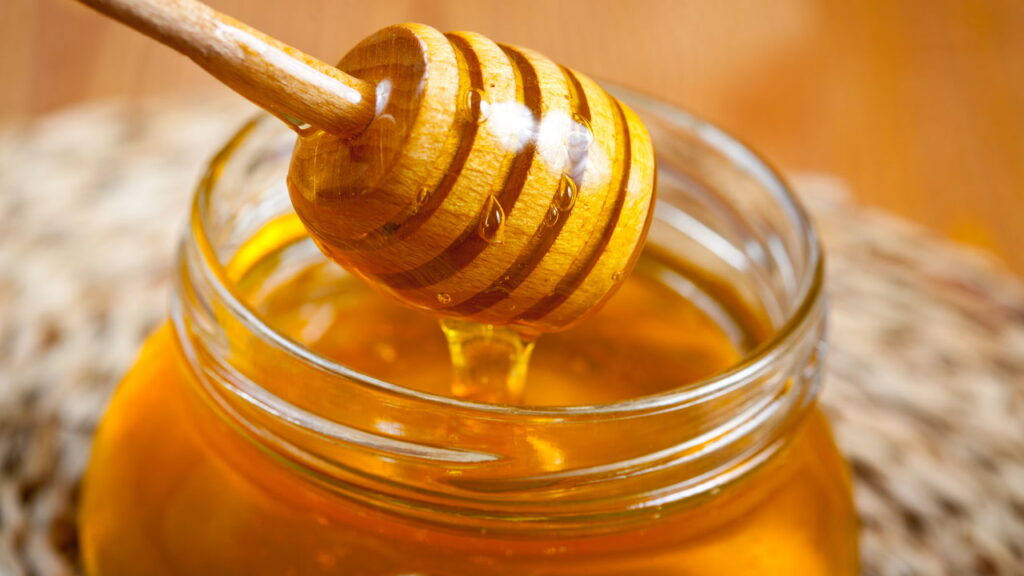
Rose Water
From the Middle East to South Asia, rose water has been used for centuries as a toner and skin refresher. It hydrates, balances pH levels and leaves a subtle fragrance.
How to use: Spritz rose water directly on your face as a midday refresher or after cleansing to tone and prep the skin.
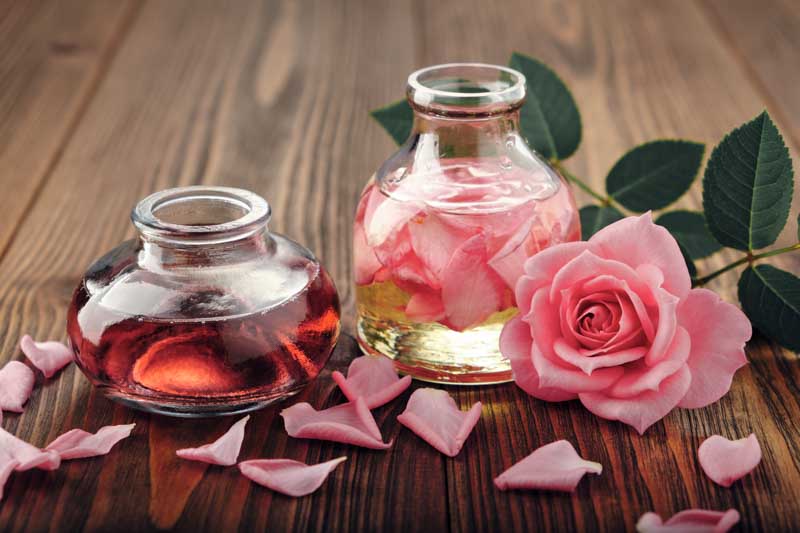
Shea Butter
Originating from West Africa, shea butter is rich in fatty acids and vitamins. It deeply nourishes the skin, reduces inflammation, and helps with conditions like eczema.
How to use: Warm a small amount between your palms and massage onto dry areas, especially elbows, knees, and heels.
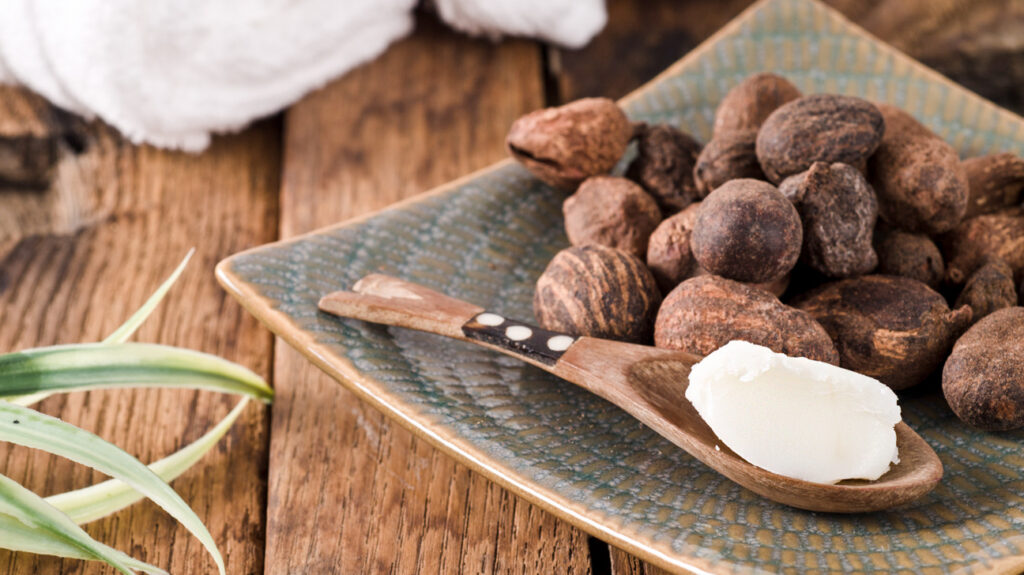
Traditional & Cultural Remedies to Skincare
Every culture has its beauty secrets, shaped by local climate, available plants, and generations of experimentation.
- Japan: Green tea extracts are used for their antioxidants, while rice water is applied to brighten and smooth skin.
- Morocco: Rhassoul clay masks draw out impurities and gently exfoliate.
- India: Ubtan, a paste of chickpea flour, turmeric, sandalwood, and rose water is used in pre-wedding rituals for glowing skin.
- Hawaii: Kukui nut oil hydrates sun-exposed skin and helps repair damage.
- China: Pearl powder has long been believed to promote a radiant, even complexion.
These remedies reflect the deep connection between nature and cultural beauty practices, where skincare isn’t just about appearance, it’s about wellness, ritual, and identity.
Remedies And Modern Science
While natural and traditional remedies have undeniable benefits, modern skincare science can refine and enhance them. For instance:
- Turmeric extract can be stabilized in serums to prevent staining.
- Aloe vera can be paired with hyaluronic acid for deeper hydration.
- Plant oils like argan or jojoba can be cold-pressed to preserve nutrients while improving texture and shelf life.
- This blending ensures the safety, stability, and effectiveness of age-old remedies in today’s skincare routines.
Safety First
Just because something is natural doesn’t mean it’s automatically safe for everyone. Some people may be allergic to plant-based ingredients. Always:
- Patch test before trying a new remedy.
- Use high-quality, fresh ingredients.
- Avoid mixing too many active ingredients at once, both natural and synthetic.
- Be patient. Natural remedies may take weeks to show results.
Conclusion
Remedy skincare, whether from your grandmother’s pantry or a cultural beauty tradition, is more than a passing trend. It’s a reminder that nature has always been our first beauty therapist.
By combining the wisdom of traditional remedies with the precision of modern science, we can create skincare routines that are effective, safe, and deeply meaningful.
In the end, glowing skin is not just about what you put on it, it’s also about the care, patience, and heritage that go into the process. Sometimes, the best remedy is the one that’s been waiting in your kitchen all along.





